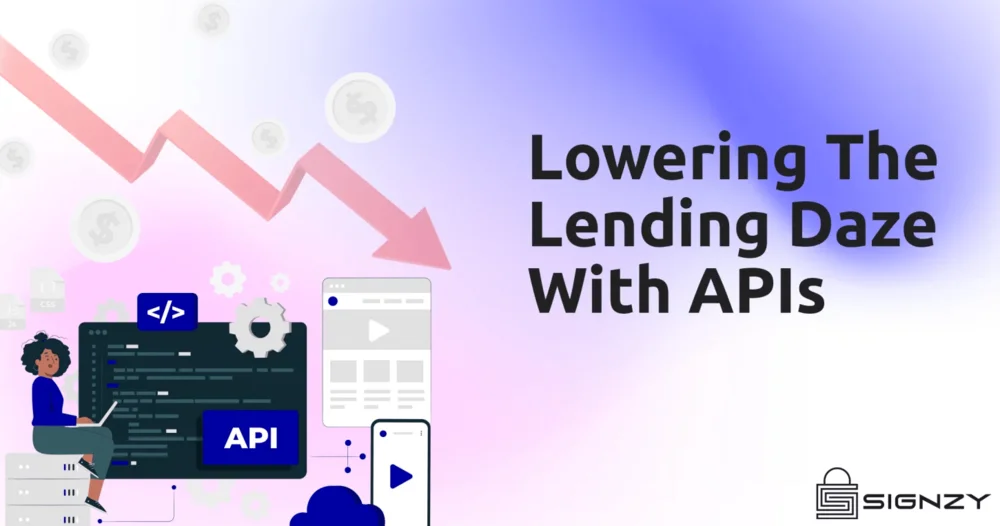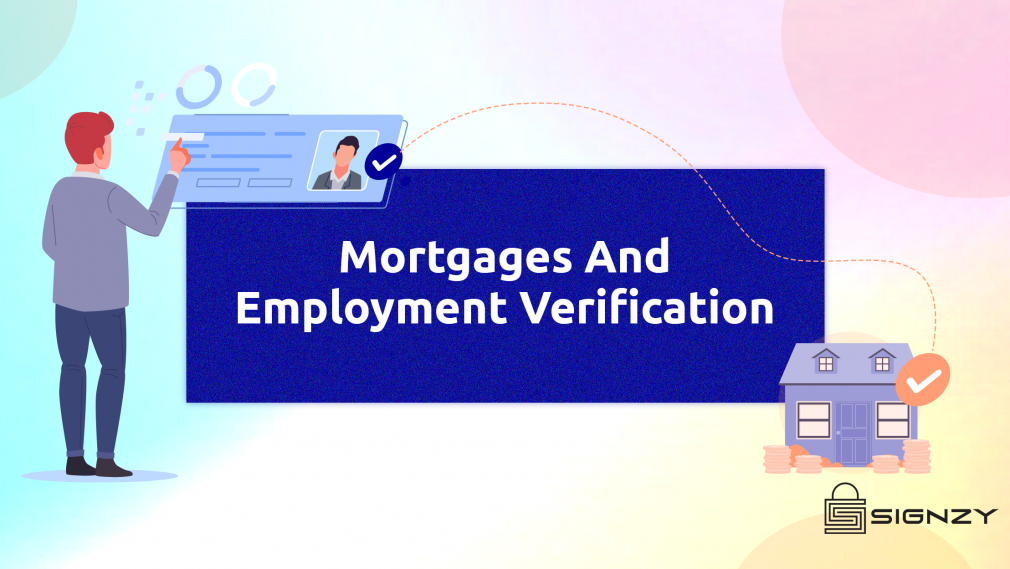Nearly all organizations now depend on Application Programming Interface (API) technology, and the lending industry is no exception. API technology is a software platform that enables two programs to communicate with one another.
Forbes reports that 85% of companies view web APIs and API-based integration as essential to their corporate strategy and long-term success. Lenders may offer better products, more advantageous loan conditions, and a more effective, seamless customer experience by connecting to third-party data suppliers and aggregators via an open API infrastructure. Intelligent lenders are utilizing this new wave of innovation focused on shared services, allowing them to maintain their emphasis on their core loan goods while using the most recent technological advancements.
However, many firms can feel lost in the jungle and struggle to comprehend how to approach an open API strategy. This does not have to be the situation. You can find success by using the advice and techniques in this blog post.
Why Does Lending Need APIs?
In response to market realities, lenders must act swiftly to present enticing offers to borrowers. Being connected to a network of integrators and providers of third-party data is the finest and most effective way to do this. Simply said, lenders will fall behind if they don’t link to a larger digital ecosystem. Additionally, forward-thinking lenders are learning more about APIs and how they could change the way they provide credit.
Consider the fantastic experiences you have in your life, thanks to app-based platforms. Have you ever used Facebook to log into a service or application, for example? This illustration shows the simplicity of service your loan business can offer its clients by utilizing an open API infrastructure.
The Benefits Of An Open API Infrastructure In Lending
Lenders can change how they provide digital goods and services to all stakeholders, including customers, partners, and staff, by exposing their businesses to APIs and shedding the constraints of their traditional systems.They can essentially transform lending. Among the main advantages are:
- Accelerated innovation and increased scale- Avoid being overtaken by the competition by having access to reliable partners and data sources that can hasten the release of new goods and services.
- Boost revenue- by targeting new consumer categories across a more comprehensive geographic range without adding costs or affecting profitability.
- Integrating credit report and bureau data- into your core lending platform can eliminate manual data entry, reduce margins of error, and enhance laser-focused underwriting. This is by removing the need for paperwork and numerous layers of human approval, which adds time to the underwriting process.
- Integration of background data and applications- is made more effortless. Data synchronization to and from your back-end systems can be more straightforward if you use standard API services to scale enterprise connectivity and follow best security practices.
However, each lender is distinct and presents borrowers with a different selling proposition. Knowing what functions best for your company is crucial. There isn’t a single universal API strategy. Understand your goals and how to collaborate with the appropriate data suppliers and other third parties to achieve what’s best for you.
Top Tips For Making Your API Strategy A Success
Organizations must take a logical, proven approach to the journey to build API products and participate in the API economy. Steps to take include:
- Developing your digital strategy- Lack of a compelling digital design could spell doom in an environment of intense competition and virtually daily introduction of new technology. Understanding what you want to achieve with digital technology is crucial and ensuring that it ties in with larger business goals.
- Align and unite across business units and culture – Ensure everyone is on board and aware of the advantages and how they relate to the company’s goals. You need the entire executive team to back your API strategy; this is not simply the CIO’s or the IT department’s job. There will be a paradigm shift with this for many organizations.
- Engage a comprehensive digital ecosystem: Senior executives are responsible for expanding the company’s consumer base and enhancing internal procedures. However, they are unable to accomplish this by carrying on as usual. Businesses may identify and seize these opportunities by connecting to external data sources. By putting together (either buying or building) a complete lifecycle API management platform/tools and establishing an API architecture, try to build and nurture your API community. Be sure to implement security best practices.
The Bottomline
Technology, in all its essence, is transforming the lending ecosystem. APIs are the current phase of this. You need to adapt to this amalgamating technology to keep your enterprise in the race. It is impossible to do this alone, so you need a good resource provider.
You can enhance your venture’s processes with Signzy’s resources, including verification and collection APIs designed explicitly for lending and loaning industries. Our products are AI-driven yet do not require any coding. We can find apt solutions for your issues with a fully customizable quiver of options. Check it out here.
About Signzy
Signzy is a market-leading platform redefining the speed, accuracy, and experience of how financial institutions are onboarding customers and businesses – using the digital medium. The company’s award-winning no-code GO platform delivers seamless, end-to-end, and multi-channel onboarding journeys while offering customizable workflows. In addition, it gives these players access to an aggregated marketplace of 240+ bespoke APIs that can be easily added to any workflow with simple widgets.
Signzy is enabling ten million+ end customer and business onboarding every month at a success rate of 99% while reducing the speed to market from 6 months to 3-4 weeks. It works with over 240+ FIs globally, including the 4 largest banks in India, a Top 3 acquiring Bank in the US, and has a robust global partnership with Mastercard and Microsoft. The company’s product team is based out of Bengaluru and has a strong presence in Mumbai, New York, and Dubai.
Visit www.signzy.com for more information about us.
You can reach out to our team at reachout@signzy.com.
Written By:

Signzy
Written by an insightful Signzian intent on learning and sharing knowledge.




